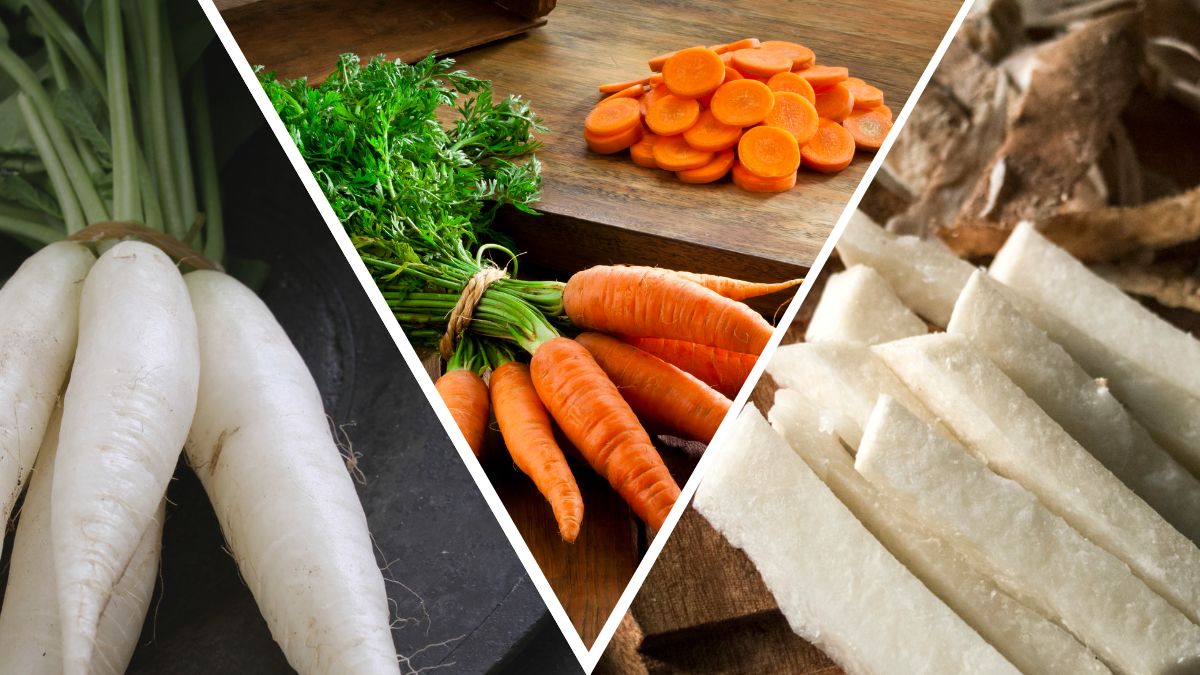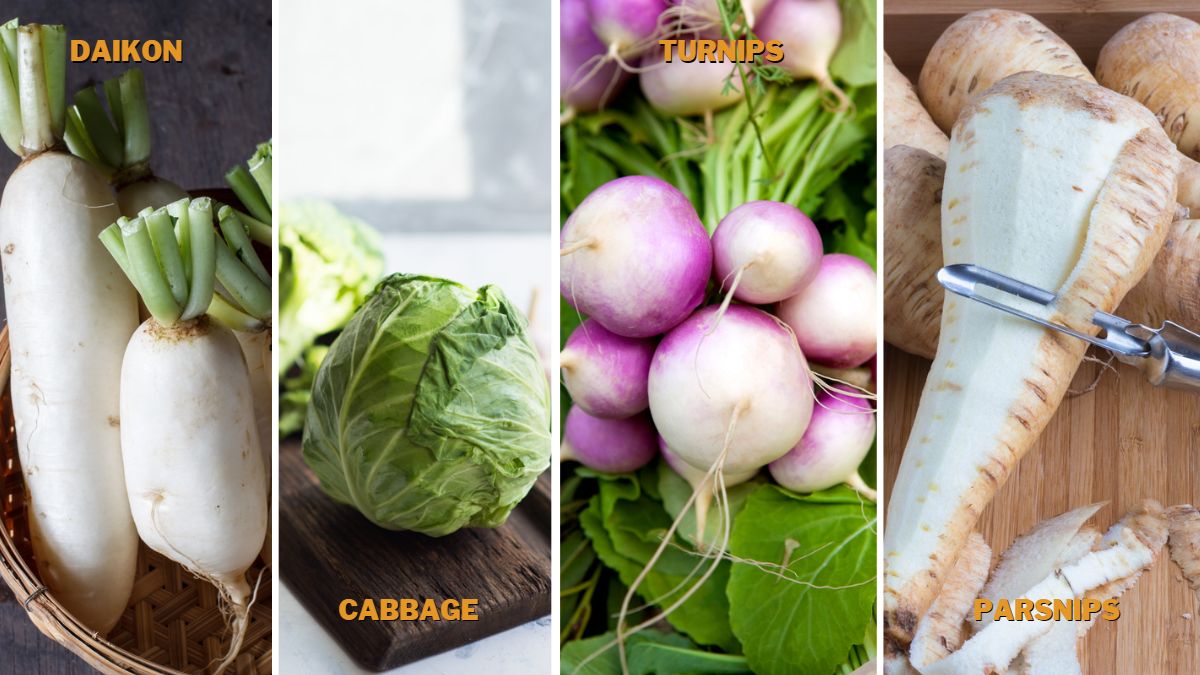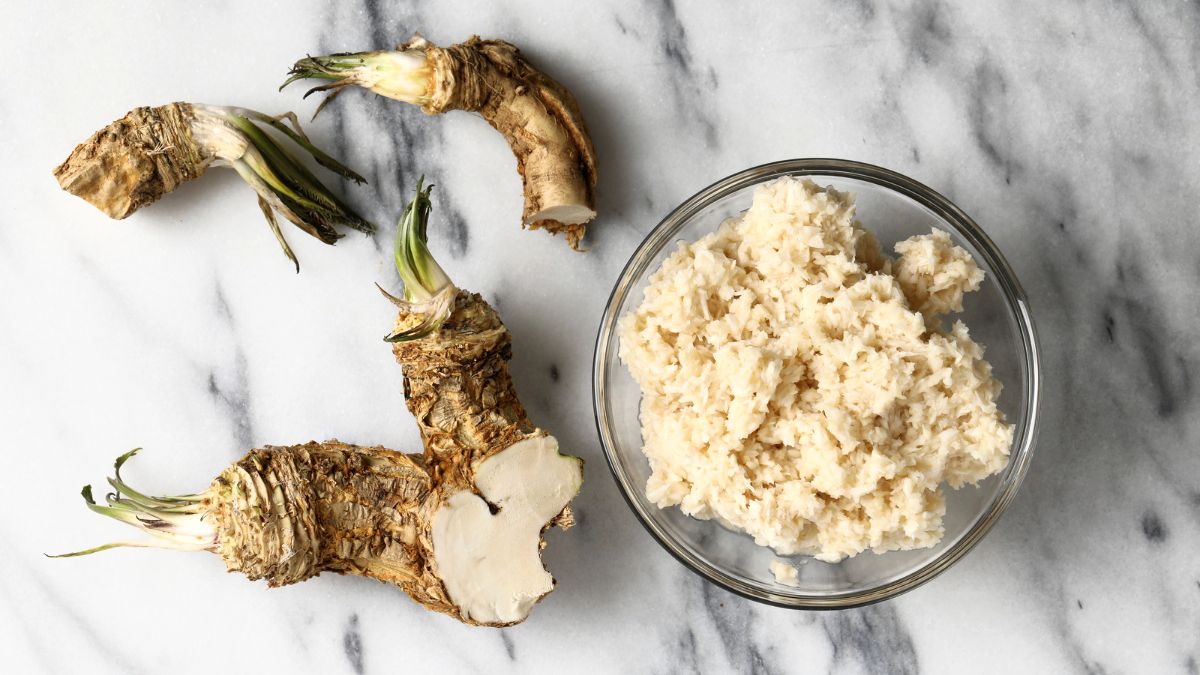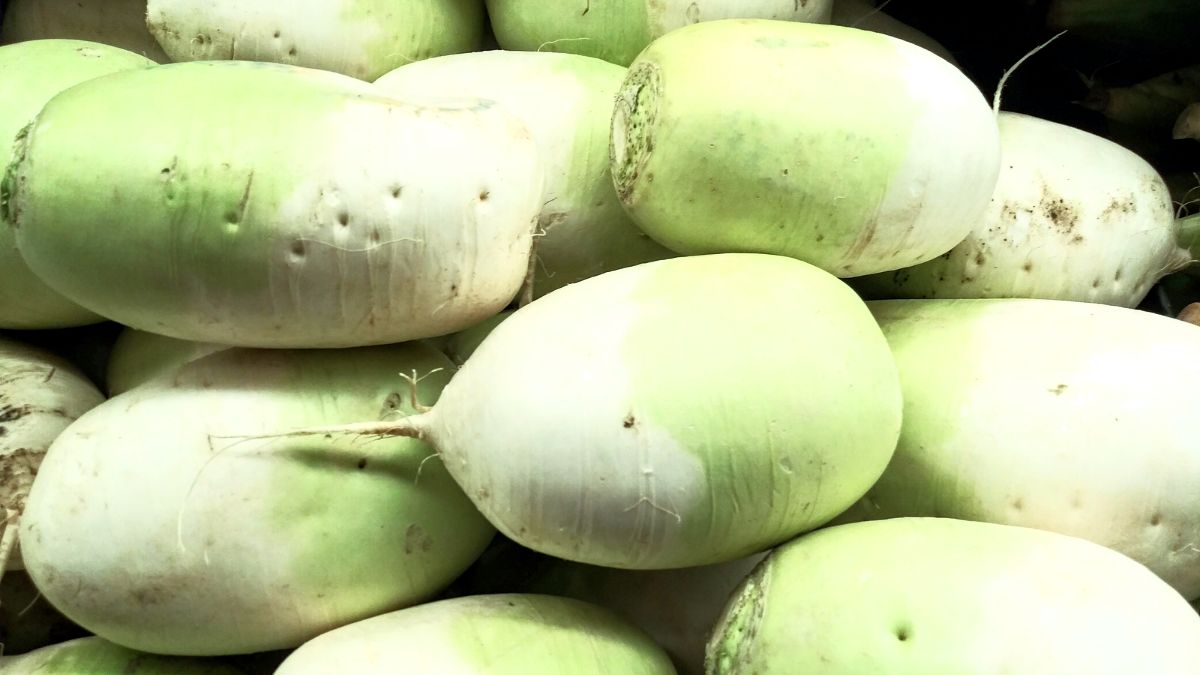9 Substitutes for Radish to Try!

Radish is an excellent vegetable addition to a salad or a side dish you can easily make and combine. Not only are they nutrient-dense, but radishes are also very delicious to eat, whether fresh or cooked. However, radishes are seasonally limited, so you may not be able to always find them. So what are the best substitutes for radish?
Cabbage, daikon, turnips, parsnips, jicama, beetroot, horseradish roots, carrots, and Korean radish are all excellent substitutes for radish.
Radish is considered a superfood, and what makes it even better is its affordability and the fact that you can grow it at home. However, if you find yourself in a situation where you don’t have any radishes, it is always a good idea to have some tricks up your sleeve and slide in the best substitute for the given occasion. Therefore, in the following paragraphs, I will list the best radish substitutes so that you can enjoy your meal to the fullest.
Cabbage
Regarding salads and sides, cabbage is sadly forgotten as there is nothing fancy about it, and it is just a green leafy ball you can buy for virtually free. However, cabbage is much more than what meets the eye.
Cabbage is one of the richest sources of vitamin C and is also rich in calcium, magnesium, and potassium. [1] Nutrition-wise, cabbage is similar to radish and tastes similar to some degree.
Both radish and cabbage are refreshing, crispy, and juicy, and they have a fresh, neutral, and just hot flavor, making them easily interchangeable. You can easily use cabbage instead of radish in salads, but they are pretty different in cooked form.
However, cooking cabbage instead of radish is still a great idea, but the taste will be different, though delicious nonetheless. While radish is a root, cabbage is a leafy green. While the radish softens and becomes creamy inside while keeping its integrity when roasted, cabbage becomes mushy and soft.
Daikon
Just like radish, daikon is a root too. While the radish is fresh with a slight hot component, daikon is milder and gentler than radish. However, they both have an earthy and natural flavor for which edible roots are known.
They are similar structure-wise, too, meaning that they have the same crispy and watery interior. Nutrition-wise, they are almost the same, with the daikon being considerably richer in potassium. [2] You can use it instead of the other in salads without adjusting the quantity.
You can substitute radish for daikon when it comes to roasting or cooking them in any way, and cooked daikon turns out the same as cooked radish does.
Turnips
Turnips are root vegetables, very similar to radishes. Mildly spicy, primarily neutral and fresh, turnips are an excellent substitute for fresh and cooked radishes. Although turnips aren’t as popular as radishes for salads, they do an amazing job when mixed with other vegetables.
While radishes smell earthy but are still very pleasant, turnips have somewhat of a stronger aroma which makes them less popular when it comes to having them fresh. Nevertheless, their slightly pungent mustard aroma tones down when other vegetables are at play.
Cooked turnips do excellent as an addition to mashed potatoes, but they are also great when roasted. They have almost the same structure as radishes, which makes them an excellent radish substitute.
Nutrition-wise, turnips are packed with potassium and vitamin C, so they can also substitute for radishes in this aspect. [3]
Parsnips
Although parsnips can sometimes substitute for radishes, they shouldn’t be your first choice, as they aren’t that similar taste and texture-wise, though nutrition-wise, they share many features. Parsnips are a very popular soup addition as they release that recognizable soup smell, and along with celery, they are the main markings of a good soup.
However, parsnips aren’t that popular to eat fresh in a salad because they have an inconvenient structure and a slightly unpleasant texture. Unlike radishes, parsnips are thready and aren’t crispy at all. When you bite into a raw parsnip, you will feel its threads sliding between your teeth, and the body of the vegetable is too rough to chew.
Therefore, parsnips aren’t good as a radish substitute for salads, but they do quite well when used to substitute for roasted radishes. When cooked, especially when roasted, parsnips are soft and very pleasant to eat. They taste nutty and buttery, with recognizable earthy notes typical for the radishes as well.

Jicama
Jicama, or a Mexican turnip, is also an excellent substitute for radishes. Much like the regular turnip, the jicama is fresh and crispy but slightly rougher on the outside. However, when you peel it, it is all white and gentle on the tongue.
It is starchy, earthy, and a great substitute for carbs, which is why the jicama is often used as a sugar-regulation food, and it has been said that it is excellent for insulin resistance and diabetes. Packed with vitamin C, jicamas are not only healthy but very delicious too. [4]
While radishes are somewhat spicy, jicamas are noticeably sweet. They do an excellent job substituting for radishes in all forms, whether fresh or cooked.
Beetroot
Known for its many health benefits, beetroot is another excellent substitute for radish. Bursting with sodium and calcium, beetroot is just as healthy as the radish. [5] However, the problem is that beetroot is much denser than radish and is not the perfect radish substitute for fresh salads.
Cooked beetroot isn’t the best substitute for radish, as it gets very soft and mushy. Also, cooked beetroot is mostly used for salads and not as a separate side dish. Nevertheless, grated beetroot does much better in salads than sliced ones if you can slice it in the first place.
Radishes combine better with meals, while beetroot is more restrictive, aroma and flavor-wise.
Horseradish Roots
Much like parsnips, the horseradish root is not the perfect radish substitute for salads, it is much denser and tougher than the radish and has the thready structure of the parsnip. Therefore, raw horseradish is not a good option if you need a radish substitute in a salad.
Roasted horseradish does much better as a radish substitute than its raw version, and it softens up and becomes easily chewable, and if seasoned the right way, it can be quite delicious. Roasted horseradish root resembles roasted carrots.
It tastes mild, nutty, and earthy. The horseradish root is rich in minerals and is generally considered healthy, but it does contain a significant amount of carbs. [6]

Carrots
Sweet, tasty, and crispy, carrots are an excellent substitute for radish. Slightly earthy, carrots do a good job substituting for radishes in salads and cooked. Healthy and packed with nutrients, carrots measure up to radishes nutrition-wise too.
The main difference in flavor is that carrots are noticeably sweeter than radishes and are much closer to jicamas in this aspect. Nevertheless, using carrots instead of radishes is an excellent idea.
Since they are much denser, grated carrots for salads are the way to go. Roasted carrots behave very similarly to roasted radishes, soft and chewy while keeping their shape and structure. Carrots are very adaptive vegetables, so anything you want to do with them goes.
Korean Radish
Similar to the regular radish, the Korean radish contains more water and is slightly fresher but tastes a bit spicier than the regular radish. Nevertheless, you can use Korean radish instead of regular one anytime. They are very similar in nutrition, texture, consistency, and flavor-wise.
They both behave the same way when cooked and produce almost the same flavor, with the Korean radish being the more intense-flavored one, but only for a bit. Containing all the nutrients that regular radish has, you could even say that the Korean radish is an enhanced version of the regular one.

